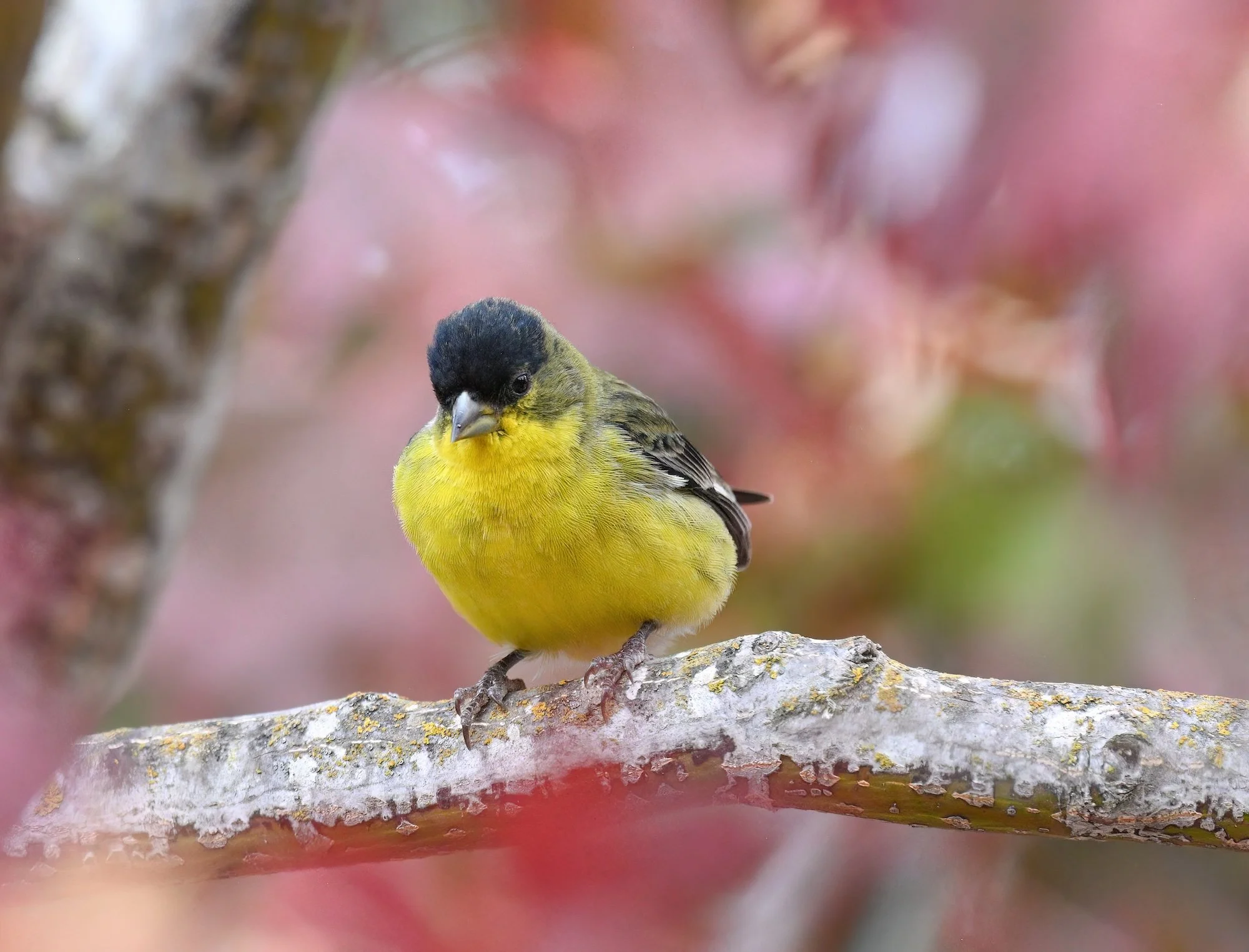ACCESSIBLE events
Accessibility means different things to different people. These upcoming field trips are 1 mile or less, under 2 hours in duration, on paved paths only, and/or have no elevation gain. Please contact the field trip leader if you would like more details. We also have drop-in events that don’t require registration, stay for as little or as long as you would like.
RESOURCES
Our Self-Guided Field Trips have accessibility information for various birding locations in our county.
The Santa Clara Valley Open Space Authority has several properties with accessible facilities including paved trails.
Midpeninsula Regional Open Space has several preserves that have easy-access trails built to accommodate wheelchairs, strollers, walkers and anyone desiring a less strenuous open space experience.
Check out Birdability. Through education, outreach and advocacy, Birdability works to ensure that the birding community and the outdoors are welcoming, inclusive, safe and accessible for everybody.
Banner Photo: Ruby-crowned Kinglet by Shravan Sundaram
























